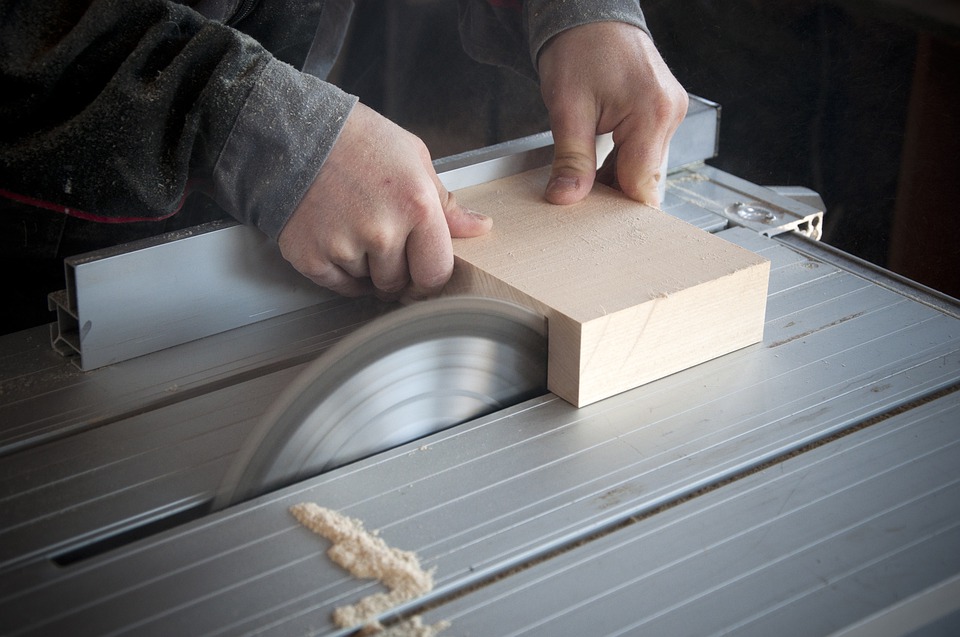If you’re a woodworker or planning to learn woodworking, you’ll most definitely need a router. As you use the router to drill or cut blocks of wood, you will need something to fasten it. This is where router tables come in handy. But, before we delve into more details about how to make the most out of a router table, let’s learn a few things about routers.
Routers and Woodworking
A router is a hand or power tool that is used by woodworkers to cut out wood chunks. There are different types of routers: plunge routers, fixed-base routers, routers with removable bases, and specialist routers like computer numerical controlled (CNC) routers. The most common types are the plunge routers and the fixed-base routers, also known as hand-held routers. Woodworking is a fun and artistic craft in which you can cut, shape, or join pieces of wood together to make cabinets and similar items. To practice woodworking using a hand-held router, you will need a router table. So, without further ado, Let’s talk router tables!
What Are Router Tables?
Simply put, a router table is a machine used to fasten a hand-held router. You can also use it to enhance your router’s versatility to make snazzy-looking wooden items. Router tables come in two forms: benchtop and free-standing tables. The first are usually light and small, so they can be transported easily, whereas the latter are bigger in size and harder to move. There are plenty of tips and tricks to make the best use of router tables, but before we learn about these router table tricks, let us elaborate briefly on their multiple usages. At the end of the day, the kind of table you choose will depend on the type of wood you are working with and the pieces you are looking to build.
What Are They Used For?
Router tables are very useful for making intricate pieces, as they are beneficial when working with thin, small, or long pieces of material. They are also convenient for creating consistent patterns- which is effective for producing commercial pieces of furniture. Moreover, they can be used for edge trimming, cutting/ shaping moldings, dovetail and box joinery, in addition to making stopped cuts, grooves, dadoes, and slots. Another common usage for router tables is when making raised panel doors, as they are practical for templated woodwork- which helps in fitting door pieces together.
Router Table Hacks
As we’ve promised you with killer hacks to master woodcraft with your router table, here are some brilliant tricks to do when using a router table.
1. Featherboards, Boundaries, and Templates
First and foremost, you want to use a feather board; this will help you support the workpiece and cut it effortlessly on the router table. You also need to make sure of the accuracy of the dimensions and boundaries when making a circular workpiece or curved edges.
Templates or pattern bits are your best friends; you can create multiple identical workpieces in a blink of an eye simply by adjusting the workpiece on the template or the pattern bit and cutting it off. This will guarantee you great identical results of the same work of art. If you want to go the extra mile for impeccable quality, you can add a ramp to the template in order to increase the precision and make the workpiece smoother.
2. Base Plates and Clamps
Adding customizable base plates to your router table will help you immensely in the cutting process, especially if you’re a beginner in woodwork. All you need to do is install the base plate and put the cutting bit right in the middle of it. For better stability, you should use clams to keep your workpiece or object in a stable position. These simple steps will guarantee you better precision and results.
3. Boards and Blades
Guide boards are super helpful for cutting out materials with a wider profile. You can also flatten the wide board with your router by using a big workbench, which will make the process way easier and faster. Additionally, aligning the blade properly is key when it comes to making cuts over 40 degrees of angle.
Woodworking is a fun yet tricky craft to learn. However, nothing is impossible to learn nowadays, thanks to the power of the internet. With just a few clicks, you will find plenty of video tutorials to help you install, cut, and shape anything you’re trying to build or assemble. You can also look for woodcraft fan clubs online where you can ask for advice from fellow woodworkers and learn more hacks to master the craft. Moreover, you can attend workshops to practice and meet other people who share the same interest as you. So, if you want to be a woodworking wizard, just search and learn!






Leave A Comment